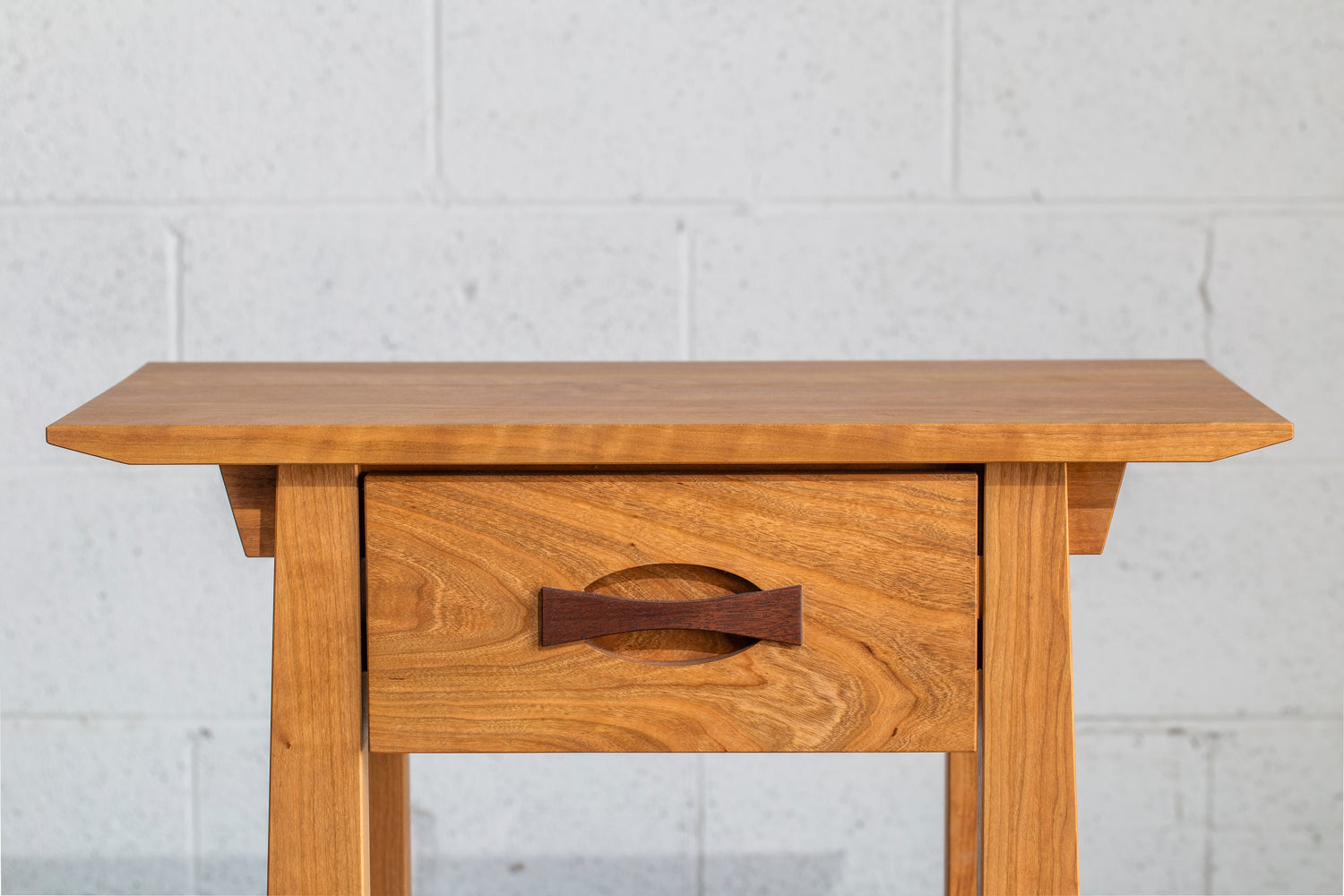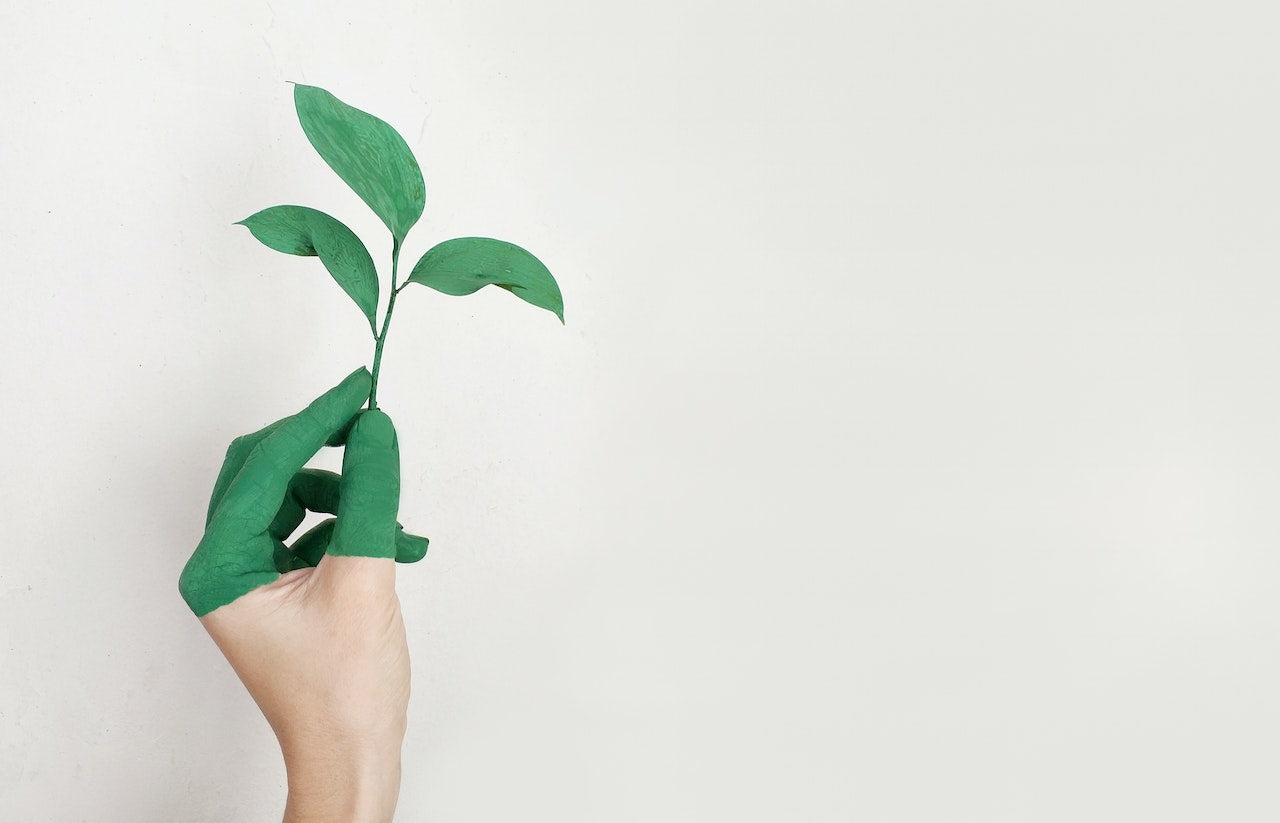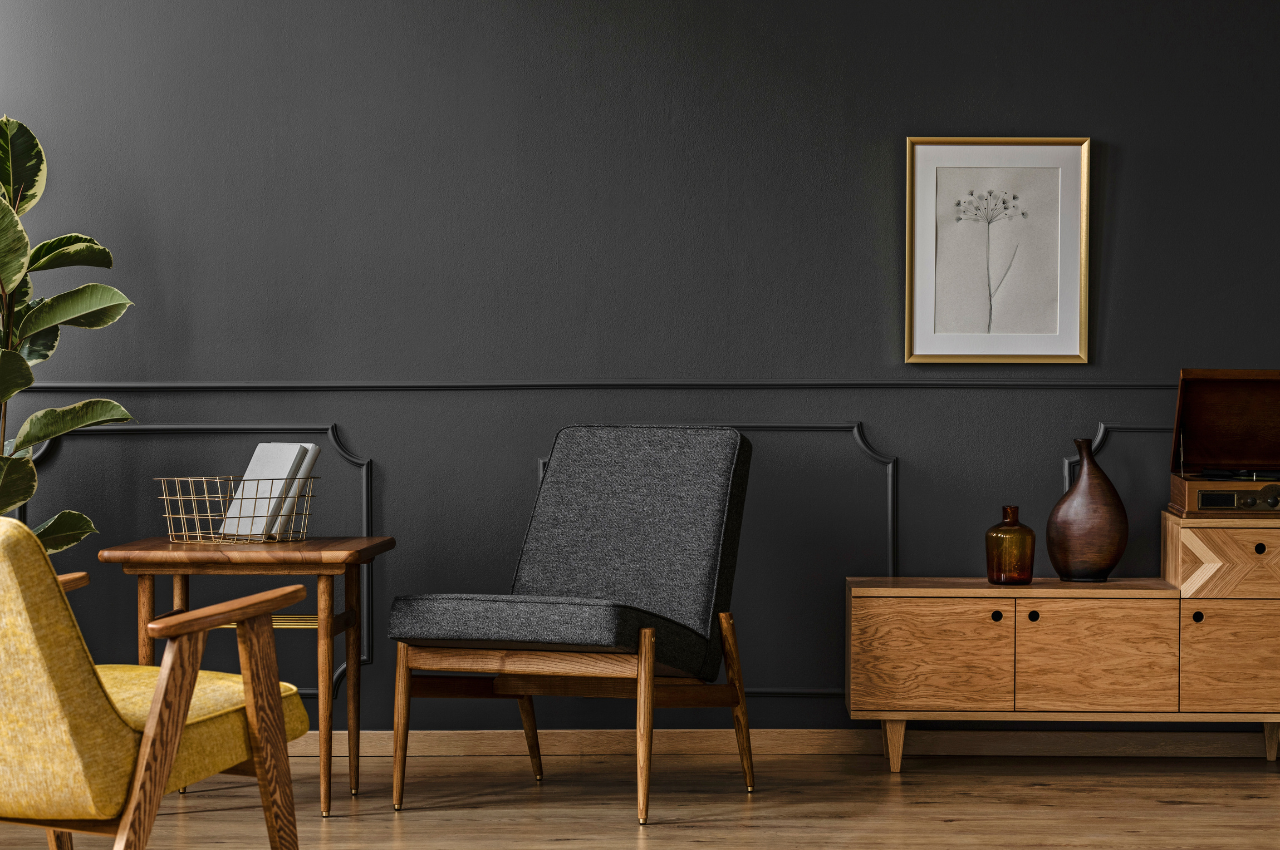Have you ever noticed how some folks fuss over wood types for furniture? You wonder, is it just an Architectural Digest fever or a hipster artisanal movement for the cool artsy crowd?
Choosing the right wood for your home is important and not at all pretentious. The type of wood you pick can completely transform your space, and it impacts everything from your budget to your cleaning routine in the future. Since you're here, we know that you're considering cherry as a material of choice for furniture, and we say go for it.
Cherry wood is a favorite among furniture makers for good reason. Its stunning natural color and fine straight grain work wonderfully on exquisite pieces. Moreover, this wood species offers incredible strength and good shock resistance, making it a great option for timeless furniture, alongside oak, maple, and walnut.
So, should you really consider natural cherry wood for furniture? In this post, we explore the advantages and disadvantages of this beautiful material to make an informed decision on your next furniture investment.
Advantages of Cherry Wood
1. Rich, warm color
Natural cherry wood exhibits a warm, inviting, reddish color. What makes cherry unique is its fascinating color transformation over time. Freshly crafted pieces showcase a light and delicate pinkish color, almost like a golden blush. As the wood ages and interacts with sunlight, it warms considerably, developing into a rich reddish-brown. This mahogany-like hue is what many people picture when they think of cherry furniture.
Cherry wood features a fine, straight, close-grain pattern reminiscent of maple wood. Although it typically exhibits straighter patterns, mineral deposits, and small knots sometimes cause wildly swirling grains and color variations. Each piece acquires a distinct character with a break-in pattern.
2. Develops a rich color over time
Opinions are divided on cherry wood's transformation as it ages. To us, the beauty of cherry comes out when the wood matures and develops a gorgeous patina. This is actually the time when we create and sell our cherrywood furniture.
The darkening process happens due to oxidation, a natural process that happens as the wood is exposed to light and air. Over the years, the color gradually turns into the rich brown-red shade cherry wood is known for. This can add a sense of warmth and maturity to a piece, making it look more antique and valuable.
3. Versatile
Cherry wood is naturally beautiful and requires less work to enhance its appearance compared to other species of wood. Its natural color transformation is a big part of its appeal.
While the warm reddish-brown hue of cherry is iconic, its starting color is a much lighter pinkish-brown, almost like a blush. This allows cherry furniture to fit a wider range of design styles. You can appreciate the lighter tones in a contemporary space, or embrace the richer shades for a more traditional look.
This wood species' inherent strength makes it suitable for furniture designed for long-lasting use. As it takes wood finish well, even if the wood gets nicked or scratched over time, it can be refinished to restore its beauty. This extends the furniture's lifespan and allows it to endure for generations.
4. Domestic availability
Cherry can be a sustainable option for wood furniture in the United States. Black cherry, also known as American cherry, is a domestic wood that may have a lower environmental impact due to its local sourcing. Ideally, look for furniture made from cherry harvested through sustainable forestry practices that ensure responsible replenishment of trees.

Enso drawer in natural cherry and walnut handles. Check out more cherry wood pieces from this collection.
Disadvantages of Cherry Wood
Cherry wood is known for its beauty, but it may not be the best choice for everyone. Here are some reasons why you may need to think twice before investing in cherrywood furniture.
1. Costly
Cherry wood is a prized material, and its beauty and workability come at a premium. Its heartwood, the inner core of the timber, is particularly costly as it is denser, more stable, and has a richer, more vibrant color compared to the sapwood. But this is the case for other species of wood, too.
In some cases, cherry wood may be more costly than oak or maple due to various factors, rather than simply being inherently a more expensive type of wood. Some may argue that this wood species' price is justified as it offers benefits that outweigh its cost.
Cherrywood is a popular choice among furniture makers and has often been used as an alternative to mahogany for those seeking reddish-brown wood furniture. Compared to mahogany, it costs considerably less and is locally available.
2. Darkens over time, each piece is best made to order
Cherry wood's color change, while beautiful, can also be unpredictable. Everything has to be made to order. We have to make every item from start to finish when the customer orders it, and this tends to take time. But the result is worth the wait.
In our shop, we don't use pre-made cherry wood parts for furniture because the color may not match perfectly. Cherry darkens over time, so newer pieces can look lighter than older ones, making the furniture look blotchy and oddly colored once assembled.
When we work with cherry wood to create furniture, we match every board for a stunning, natural look. This meticulous process is time-consuming but essential to showcase the beauty of cherry without any artificial stains.
3. Challenging to work with than most wood types
Cherry wood's beauty comes with a bit of a trade-off when it comes to working with it. It typically has a straight grain, but variations like mineral deposits or wild grain can lead to tear-out.
Tear-outs happen when wood fibers are ripped instead of cleanly cut by a blade. This can result in gouges and uneven surfaces, especially when planning or sanding against the grain. To minimize tear-outs, it's important to carefully plan cuts and use specific techniques. Since cherry wood is also quite hard, with a 995 Janka hardness rating, sharp blades are essential to prevent chipping. Dull blades will not work well and can lead to messy cuts and tear-outs.
But as a customer, it may not be necessary to worry about these details. It can be helpful, however, to consider these factors if you are searching for local shops that specialize in custom cherry wood pieces. The most important thing is to find craftsmen who are experienced in working with this material.
Modern Dresser in natural cherry wood.
Get Cherry Wood Furniture at T.Y. Fine Furniture
Cherry wood is a popular choice of furniture material because of its unique color. Unfortunately, many manufacturers don’t build from actual cherry wood for their cherry furniture. Instead, they use cheaper wood and finish the material with a reddish stain or dye to pass it off as cherry.
A low-quality reddish stain cannot compete with natural cherry wood’s beauty. With T.Y. Fine Furniture, you get the assurance that the material used is 100% solid wood. We carefully choose every slab of cherry wood to ensure grain and color quality.
We also don’t use stains or dyes to enhance the color - we complete each piece of cherry wood furniture with our propriety organic wood finish that does not contain coloring, only food-grade ingredients that protect the wood.
Relates Posts
- What is Cherry Wood?
- Walnut Wood: A Stylish Choice for Furniture
- Wood or Laminate or Veneer: What Is Your Furniture Made Of?
This blog post was originally published on November 30, 2022, and has been updated.




Leave a comment
This site is protected by hCaptcha and the hCaptcha Privacy Policy and Terms of Service apply.